Author
Zigurat Global Institute of Technology
Blog / BIM & Construction Management
Categories
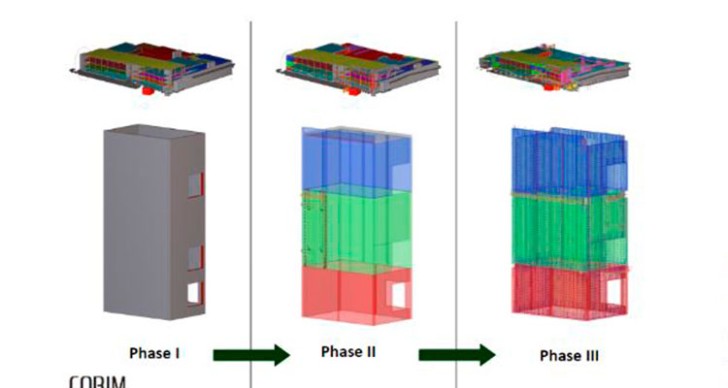
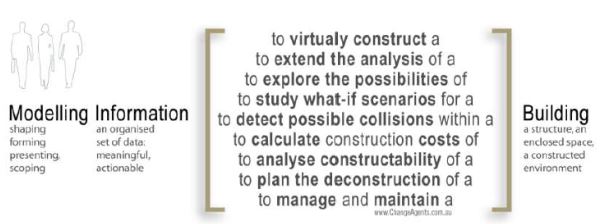 Since the 1980s, the representation methodologies used in the AEC industry have evolved from manual drawing to CAD 2D and then CAD 3D. In a way, it permitted the professionals to imitate with a cursor what they did with a pencil. However, with BIM, this changes dramatically. “We no longer use geometric entities to communicate, we start to use objects,” Lino summarizes the biggest shift BIM has brought along.
With BIM, we passed from an entity-based model to an object-based model. All the fixes are interconnected in a parametric model. So structural engineers have a very good understanding of what an object-based model and a parametric model are.
Since the 1980s, the representation methodologies used in the AEC industry have evolved from manual drawing to CAD 2D and then CAD 3D. In a way, it permitted the professionals to imitate with a cursor what they did with a pencil. However, with BIM, this changes dramatically. “We no longer use geometric entities to communicate, we start to use objects,” Lino summarizes the biggest shift BIM has brought along.
With BIM, we passed from an entity-based model to an object-based model. All the fixes are interconnected in a parametric model. So structural engineers have a very good understanding of what an object-based model and a parametric model are.
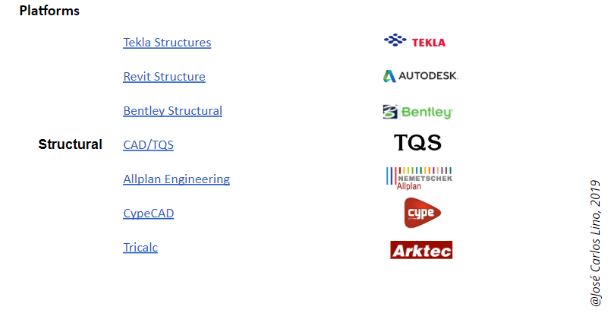 As for analysis tools, we have: Robot Structural Analysis by Autodesk, SAP 2000; Trical by Arktec, Dlubal Software, Nemeteschek Scia, CypeCAD. These tools are interconnected with the modeling platform where you can define the geometry and interconnected geometry with the other stakeholders, like the architect, the MEP designers, the owner, the contractor, the facility manager.
As for analysis tools, we have: Robot Structural Analysis by Autodesk, SAP 2000; Trical by Arktec, Dlubal Software, Nemeteschek Scia, CypeCAD. These tools are interconnected with the modeling platform where you can define the geometry and interconnected geometry with the other stakeholders, like the architect, the MEP designers, the owner, the contractor, the facility manager.
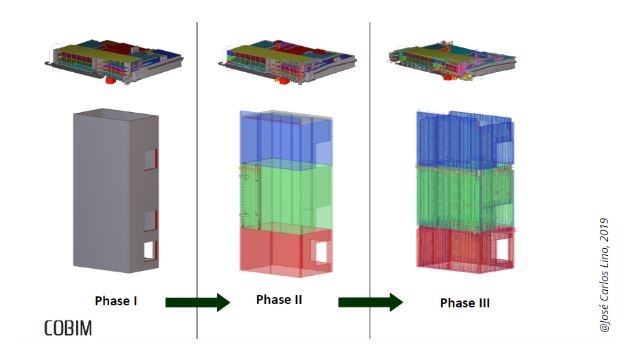 This standard divides the process into three phases: the program, the tender and the construction. These phases follow each other and each one increases in detail.
This standard divides the process into three phases: the program, the tender and the construction. These phases follow each other and each one increases in detail.
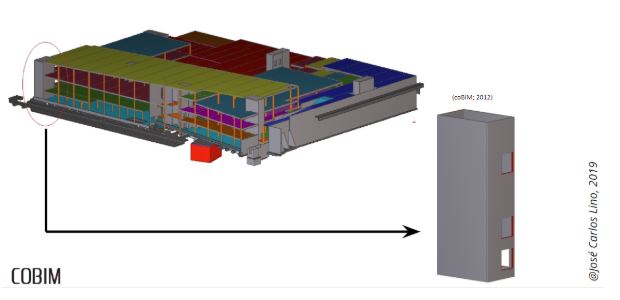 2. The tender phase is more advanced. As we can observe in the image below, there is a detailed part of the lift walls, one small part of the rebar detailing and some detailings on the general view. In Cobim, the structural design source data includes an IFC model that is in accordance with COBIM Architectural design and MEP design standard, a 2D drawing produced from the model in agreed-upon format and an IFC void reservation model. Some of the structural designer’s data modeling requirements are filling out the model specification, quality assurance, and preparation of the drawings. As for the benefits, we can observe quantity take-off, visualization of design, planning of occupational safety, construction area, construction schedule, etc.
2. The tender phase is more advanced. As we can observe in the image below, there is a detailed part of the lift walls, one small part of the rebar detailing and some detailings on the general view. In Cobim, the structural design source data includes an IFC model that is in accordance with COBIM Architectural design and MEP design standard, a 2D drawing produced from the model in agreed-upon format and an IFC void reservation model. Some of the structural designer’s data modeling requirements are filling out the model specification, quality assurance, and preparation of the drawings. As for the benefits, we can observe quantity take-off, visualization of design, planning of occupational safety, construction area, construction schedule, etc.
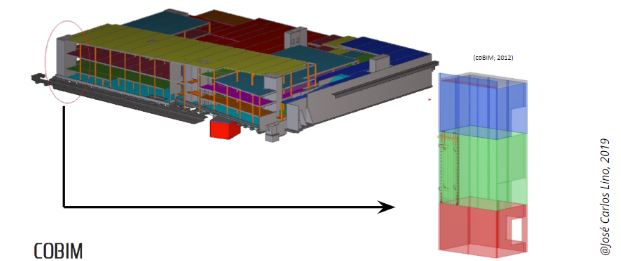 3. The construction phase is the most detailed. COBIM understands that the rebar details might be decided depending on the use and what the intentions for the structure model are. One important part of structural BIM is to decide whether you should or not model the rebars.
3. The construction phase is the most detailed. COBIM understands that the rebar details might be decided depending on the use and what the intentions for the structure model are. One important part of structural BIM is to decide whether you should or not model the rebars.
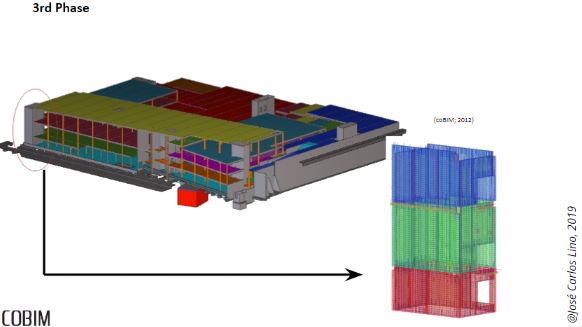 Statsbygg standard or in other words that of Norwegian Directorate of Public Construction and Property and it aims to describe the requirements in respect of Building Information Models (BIM) in the open Industry Foundation Classes (IFC). Both format-generic and discipline-specific requirements stand out for the modeling quality. They recommend the use of Solibri Model Checker.
We can find more information on structural engineering modeling under the Domain Specific Requirements. All load-bearing elements such as concrete, wood and steel structures, as well as non-load-bearing concrete structures are covered in this segment.
General Services Administration (GSA) BIM Guide is a USA service that deals with thousands of buildings. There’s a special program validation that touches the structural part a lot.
IFC or Industry Foundation Classes have had a great development in the structural engineering area and changed a lot the structural model and has helped to understand the part of structural engineering inside of all the domain specifications.
Statsbygg standard or in other words that of Norwegian Directorate of Public Construction and Property and it aims to describe the requirements in respect of Building Information Models (BIM) in the open Industry Foundation Classes (IFC). Both format-generic and discipline-specific requirements stand out for the modeling quality. They recommend the use of Solibri Model Checker.
We can find more information on structural engineering modeling under the Domain Specific Requirements. All load-bearing elements such as concrete, wood and steel structures, as well as non-load-bearing concrete structures are covered in this segment.
General Services Administration (GSA) BIM Guide is a USA service that deals with thousands of buildings. There’s a special program validation that touches the structural part a lot.
IFC or Industry Foundation Classes have had a great development in the structural engineering area and changed a lot the structural model and has helped to understand the part of structural engineering inside of all the domain specifications.
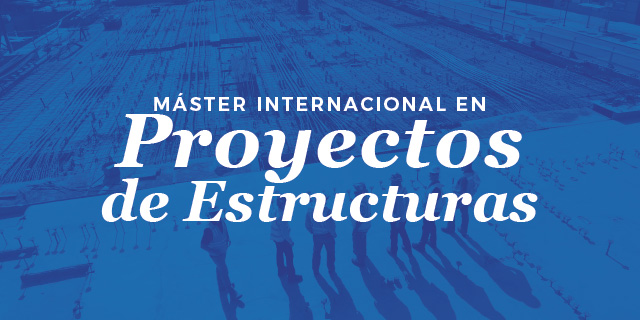
Zigurat Global Institute of Technology